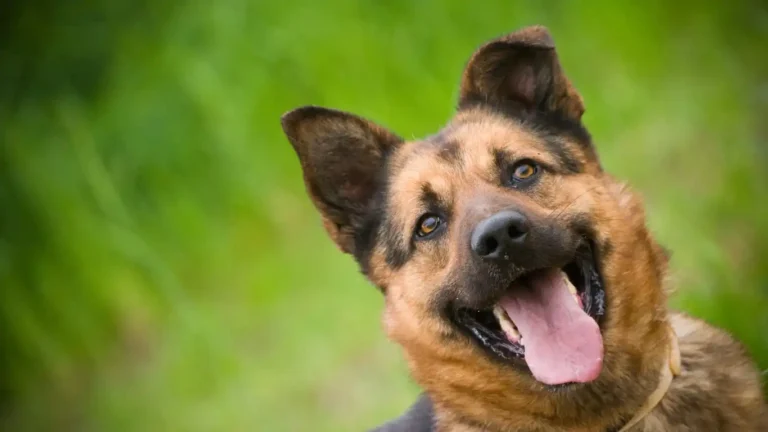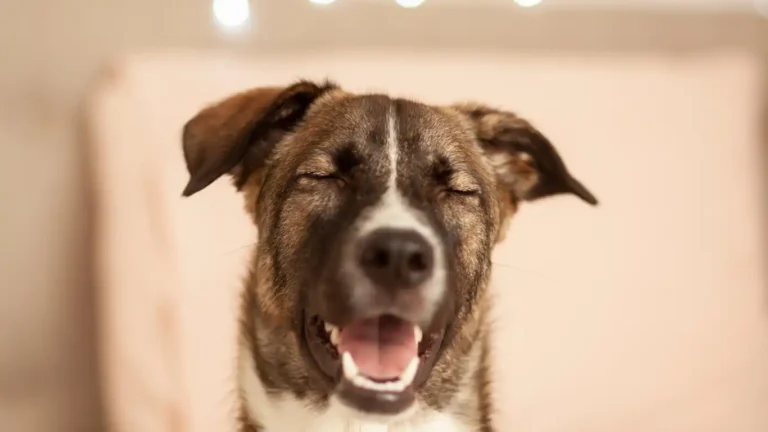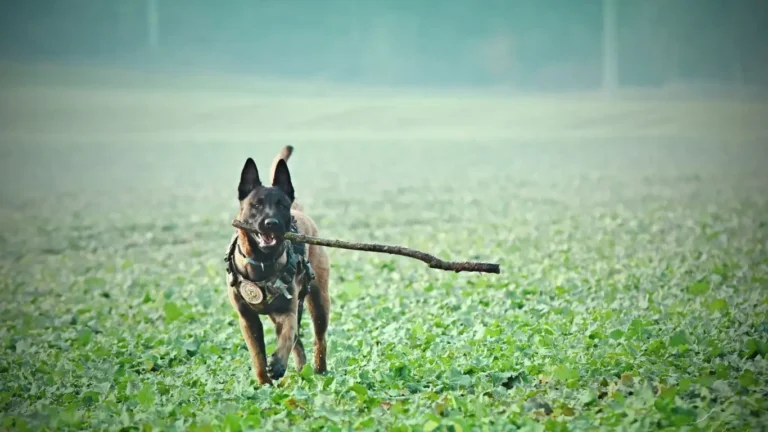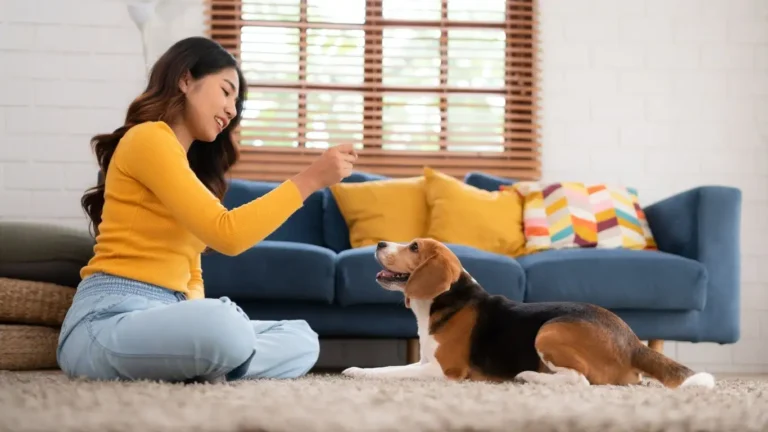How to Train a Dog to Follow Commands Despite Distractions – Expert Tips
As a Canine-Assisted Therapy Trainer, I’ve had the unique opportunity to work with all sorts of dogs—from hyperactive puppies to older dogs with a few quirks. But one question I hear constantly is, “How do I train a dog to follow commands even when distracted?” It’s one of those questions that sounds simple on the surface but involves a bit more finesse than you’d expect. Whether you’re trying to teach your dog basic commands like “sit” and “stay” or more advanced ones like “heel” or “come,” distractions are an inevitable part of the process. It’s a struggle that can really test both your patience and your dog’s focus. In this post, I’m going to break down the steps and strategies that I’ve used to help my canine clients (and their humans) train dogs to stay focused, even when the world around them seems a bit too exciting to ignore.
Understanding Distractions: The First Step to Effective Training
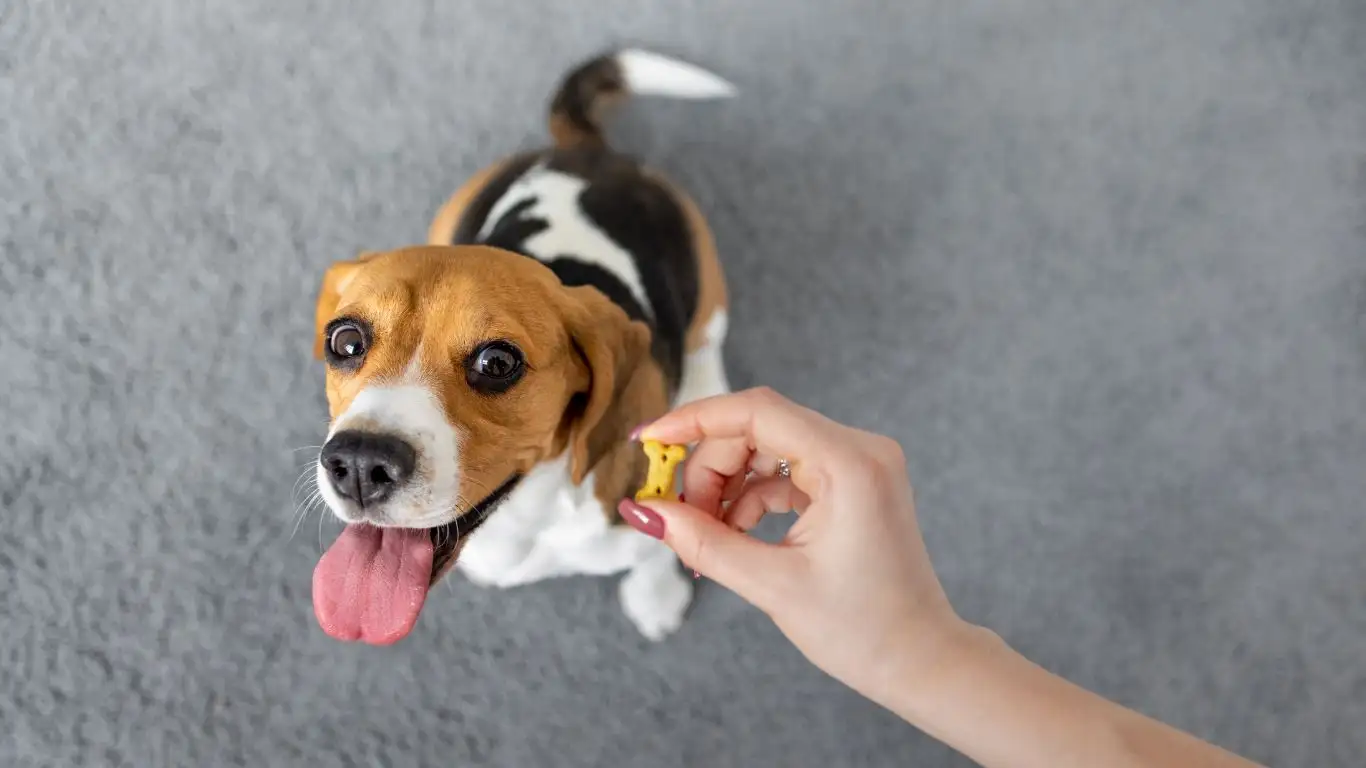
First things first, let’s talk about distractions. If you’ve ever tried to get your dog to focus on you during a walk or while playing in the park, you know exactly how much more difficult it becomes when there’s a squirrel nearby or a group of people walking by. But here’s the thing—distractions are not necessarily a bad thing. In fact, they can be an excellent tool for training if you approach them correctly. The goal is to teach your dog to remain calm, focused, and responsive even when something tempting comes along. The challenge lies in building your dog’s attention span and creating an environment where they understand the importance of listening to you despite all the excitement happening around them.
What are distractions, exactly?
Distractions can come in many forms: smells, sounds, sights, and even the presence of other animals or people. For instance, your dog might get distracted by:
- Other dogs or animals (squirrels, cats, etc.)
- Noise (sirens, traffic, construction work)
- Visual stimuli (people walking by, kids playing, objects moving)
- Strong smells (food, flowers, garbage)
While it’s natural for dogs to be curious about their surroundings, learning how to focus and respond to commands even in the face of these distractions is an important part of their training. And guess what? It’s not something that’s going to happen overnight. It takes time, patience, and consistency, but it’s absolutely doable.
Why Distraction Training Is Crucial for Your Dog
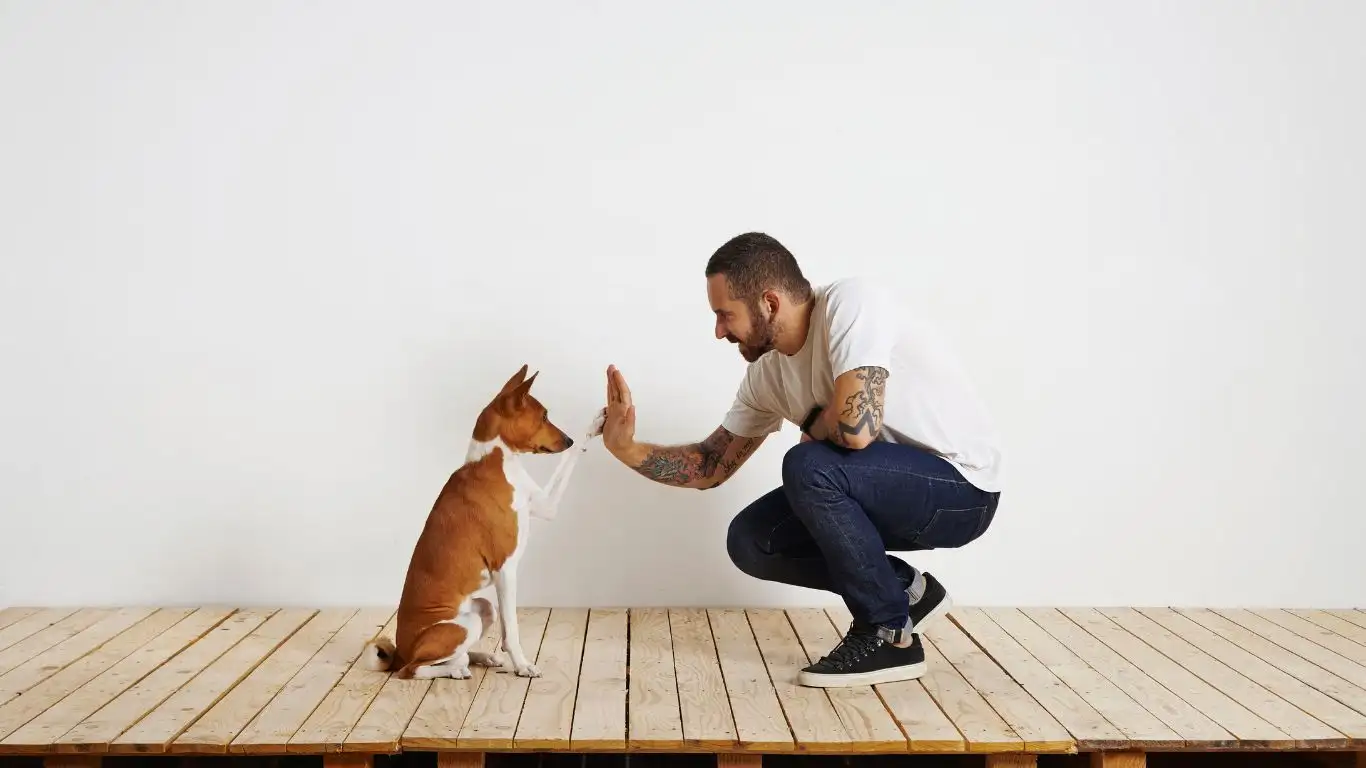
When I’m working with therapy dogs, one of the most crucial aspects of their training is teaching them how to focus on their handler even in distracting environments. This is important for a variety of reasons. For starters, many of these dogs will eventually be working in public spaces—hospitals, schools, airports—and need to ignore distractions in order to stay focused on their tasks. The ability to stay calm and responsive, even when the environment around them is chaotic, is a skill that serves them well. But distraction training isn’t just for therapy dogs. It can benefit any dog, whether you’re dealing with a rowdy puppy who gets easily distracted or an adult dog that’s a bit too independent.
Imagine trying to call your dog back to you when they’re off-leash and there’s a squirrel nearby. If your dog has never been trained to listen to you no matter what else is going on, they might take off in hot pursuit, leaving you yelling after them. But when your dog has been taught to respond to commands even in the face of distractions, they’ll be more likely to stop, look at you, and follow through. In these situations, the training you’ve put in will make all the difference.
What to Expect When Starting Distraction Training
As with any type of dog training, it’s important to have realistic expectations. You might not see immediate results, and that’s okay! Distraction training is a process, and it requires breaking things down into manageable steps.
When starting, you’ll want to begin training in a controlled, low-distraction environment. This might mean starting in your living room or backyard, where there aren’t as many potential distractions. Once your dog is responding reliably in that space, you can slowly introduce mild distractions—like a toy, or a friend walking by with a dog—before gradually working your way up to more difficult scenarios, such as busy streets or parks. Over time, your dog will learn to focus on you, even when there are more exciting things to focus on.
Building the Foundation: Basic Command Training
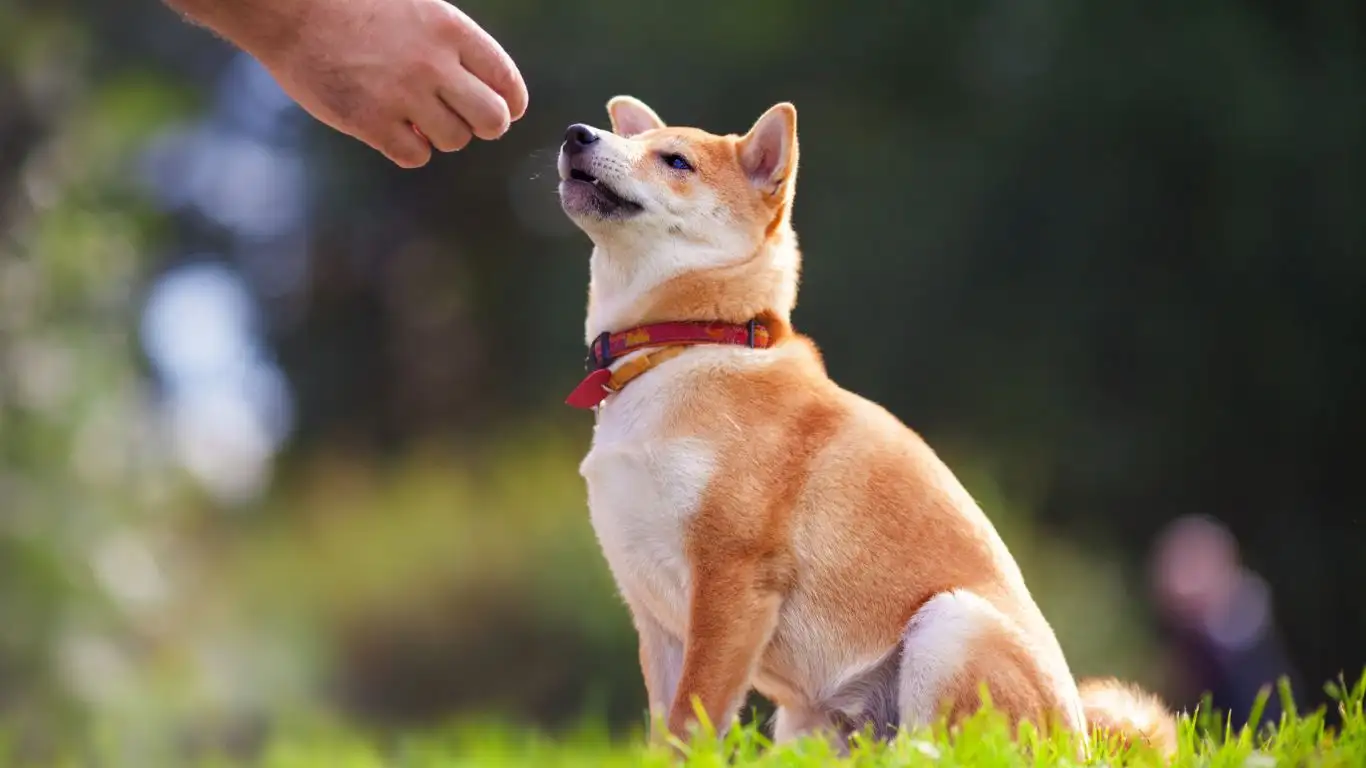
Before diving into the deep end with distractions, you need to make sure your dog has a solid understanding of basic commands. This is where the foundation of your distraction training begins. Without these basics, your dog won’t know what to do when you give them a command, no matter how much they love you or how much you want them to listen. So let’s break down the essential commands you need to teach first:
- Sit: The most basic command, but also one of the most important. It helps your dog focus and calm down.
- Stay: Teaching your dog to stay in one spot is essential for both everyday situations and advanced training.
- Come: The recall command is critical, especially when your dog is off-leash.
- Heel: This command is useful when walking your dog, especially when there are lots of potential distractions.
Once these basic commands are solid, you can start working on more advanced cues, but don’t skip these steps! They are the building blocks that will allow you to add more complexity to your dog’s training. Think of them as the foundation of a house—if it’s shaky, the rest of the house won’t stand strong.
Now, I know it might seem like you can just “go straight for the good stuff”—teaching your dog to ignore distractions right off the bat—but trust me, that’s not the way to go. Taking the time to master the basics will make all the difference in the world when you begin to introduce distractions. It’ll make the entire process smoother and much more rewarding for both you and your dog.
Using Positive Reinforcement to Keep Your Dog Focused

One of the most effective ways to train a dog to follow commands, even when distracted, is through positive reinforcement. This technique is all about rewarding your dog when they perform the desired behavior, which helps to reinforce that behavior over time. It’s a method that I’ve found to be incredibly successful in my therapy dog training sessions—and it’s one you can use too. When distractions pop up, your dog is more likely to stay focused on you if they know there’s a reward waiting for them.
What is Positive Reinforcement?
Positive reinforcement is a simple yet powerful concept. Basically, it means rewarding your dog when they do something right. The goal is to make your dog associate performing the command correctly with something good—whether it’s a treat, a toy, or even praise. Over time, this encourages your dog to repeat the behavior.
But it’s not just about giving them a treat every time they do something right. The timing and consistency of the reward are key. When you’re training a dog to ignore distractions, you want to give them immediate rewards when they successfully follow a command in the presence of something distracting. This helps them make the connection between following your cue and getting rewarded, even in challenging situations.
How to Implement Positive Reinforcement in Distraction Training
To start using positive reinforcement in distraction training, follow these steps:
- Choose the right reward: Not all rewards are created equal. Some dogs love food, while others might prefer playtime or a scratch behind the ears. It’s important to find what motivates your dog the most.
- Be quick with your rewards: The reward needs to be given within seconds of your dog performing the behavior correctly. This helps your dog understand exactly what they’re being rewarded for.
- Consistency is key: Consistency in your training helps your dog understand that the behavior you’re asking for always leads to a reward. Make sure you’re rewarding them each time they listen to you—especially when there are distractions.
- Gradually increase the difficulty: Start with small distractions and reward your dog for focusing on you. Slowly introduce more challenging distractions over time as your dog gets better at staying focused.
For example, let’s say you’re teaching your dog to “sit” on a walk. At first, you might do it in a quiet, familiar area where distractions are minimal. But once your dog is reliably sitting when you ask, you can start introducing distractions, like a passerby or another dog. If your dog successfully sits and ignores the distractions, reward them immediately. The more you do this, the more your dog will understand that focusing on you—no matter what’s going on around them—pays off.
Gradual Exposure to Distractions: Building Your Dog’s Focus
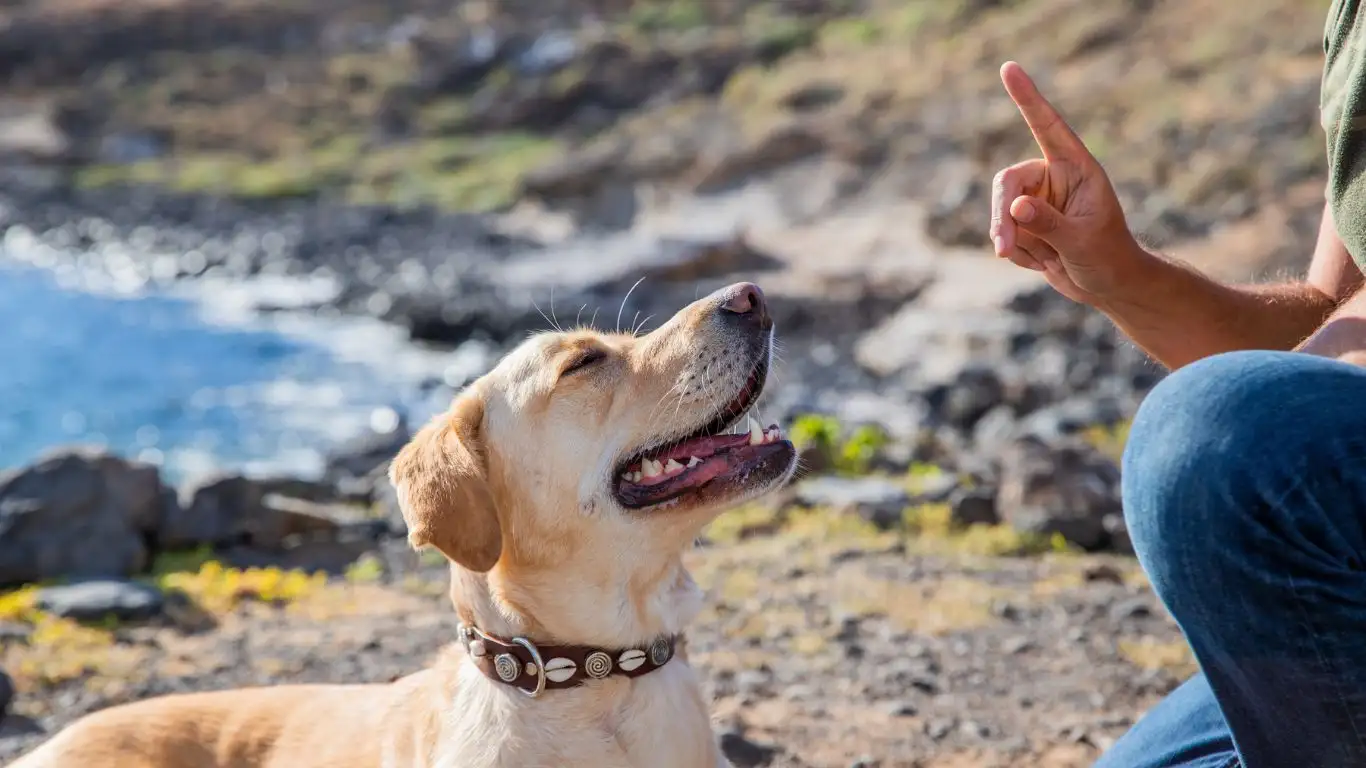
Now that you’ve established positive reinforcement as your training tool, let’s dive into how to gradually expose your dog to distractions in a controlled and effective way. The key to this step is to build your dog’s tolerance to distractions slowly, without overwhelming them. Think of it like leveling up in a game. You start with an easy level and gradually increase the difficulty as your dog improves.
Start Small: Begin in Low-Distraction Environments
When you first start working on distractions, it’s important to begin in an area with minimal distractions. This could be your living room, your backyard, or even a quiet park early in the morning when there aren’t too many people around. This gives your dog a chance to practice focusing on you without the pressure of intense distractions.
For example, if you’re teaching a “sit” command in your living room, you can start with no distractions and reward your dog every time they sit on command. Once your dog has mastered the behavior in this environment, it’s time to make things a little more interesting.
Introducing Mild Distractions
Once your dog is responding reliably in low-distraction environments, you can begin introducing mild distractions. This could be something as simple as moving around a little while your dog is sitting or having a friend walk by. The goal here is to see how your dog handles these mild distractions while staying focused on you.
Start with small, manageable distractions. For instance, you might ask your dog to sit while you gently toss a toy a few feet away from them. When they hold their sit, immediately reward them with praise and a treat. If they get distracted, gently redirect them and ask them to sit again. With each repetition, your dog will begin to understand that staying focused on you, even when there’s something fun going on around them, will earn them rewards.
Increasing the Difficulty of Distractions
As your dog starts to get the hang of responding to commands in mildly distracting environments, it’s time to increase the challenge. Start by introducing bigger distractions—other dogs, more people, or louder noises. This is where your patience really comes into play. It’s important to remember that every dog is different, and some may take longer to adjust to distractions than others.
For instance, if you’re training your dog to stay in a “sit” position and another dog walks by, your dog might start to get excited. If this happens, don’t get frustrated. It’s a natural part of the process. Instead, calmly redirect your dog and ask them to sit again. When they do, reward them immediately. Over time, your dog will learn that the command still holds, no matter what’s going on around them.
Using Leashes and Long Lines for Extra Control

As your dog begins to get the hang of staying focused amid distractions, you might want to start practicing in open areas, like a park or a field. At this point, it’s a good idea to use a leash or a long line to give you more control. A long line can be especially helpful when you’re practicing recall or working on commands like “stay” in areas with more room to roam.
Having the leash or long line gives you the ability to gently correct your dog if they start to wander or lose focus. However, it’s essential that you use this tool as a way to guide and encourage them, not to pull or yank them into position. The goal is to empower your dog to make the right choices by themselves, not to rely solely on you to control them.
As your dog’s training progresses, you can begin to phase out the leash gradually, trusting that they will continue to respond reliably even when distractions are present. Just be sure to keep practicing regularly in varying environments to keep their focus sharp.
Maintaining Focus During High-Distraction Situations
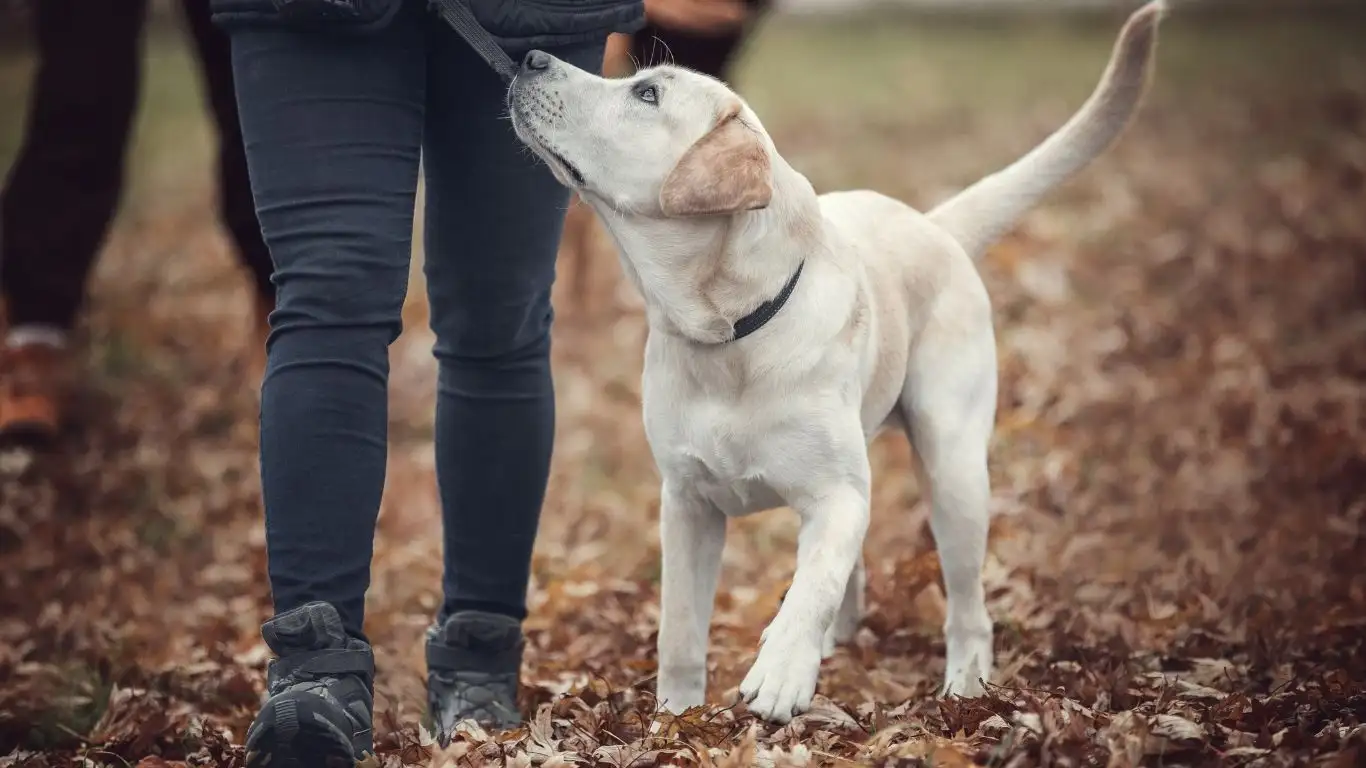
Alright, so you’ve worked your way through the basics—positive reinforcement, gradual distraction exposure, and increasing difficulty. Your dog has gotten better at following commands in environments with moderate distractions, but what about when you’re facing the ultimate test? What happens when you’re at a bustling park, on a busy street, or at a crowded event? These high-distraction situations are often the toughest to navigate. But here’s the good news: with the right approach and ongoing practice, your dog can maintain their focus, no matter how chaotic the environment becomes.
Building Resilience to High-Level Distractions
At this point in training, it’s time to get your dog accustomed to what I like to call “high-stakes distractions.” These are the situations where the stakes are higher—lots of people, other dogs, moving cars, or tempting smells. To be honest, high-distraction environments can be intimidating for both you and your dog. But with the right strategy, these environments can become the ultimate training ground.
One technique that I’ve used with great success is incremental exposure to high-stakes distractions. Start by observing these environments at a distance. For instance, if you’re at a park with tons of people and dogs, place yourself in an area where your dog can see the action but not be too close to it. This helps to prevent overwhelming them. From there, work your way closer, but always be ready to reinforce positive behavior as soon as your dog responds well to your commands.
Take Small Breaks for Recalibration
High-distraction environments can sometimes be overstimulating for your dog, even with consistent training. If your dog starts to lose focus or gets too distracted, it’s perfectly okay to take a short break. I’ve found that taking a moment to reset can help your dog calm down and refocus. Use these breaks to reset your dog’s energy, reaffirm your commands, and give them a chance to relax before continuing with the training session.
For example, if you’re in a busy park and your dog starts getting overwhelmed by other dogs or people, step to a quieter area for a few moments. During this break, you can engage in some light play or offer a treat for focus. Once your dog has a moment to recharge, you can dive back into training. The key here is to be patient—don’t push your dog too hard or too fast. Slow and steady wins the race.
Teaching Your Dog to “Ignore” Distractions

A big part of distraction training is helping your dog learn to “ignore” certain distractions. Whether it’s a passerby, a skateboarder, or a stray ball rolling across their path, teaching your dog to stay focused despite these temptations is essential. It can be a challenge, but with the right approach, it’s absolutely achievable.
The “Look” Command: A Game Changer
One of the most powerful tools in teaching your dog to ignore distractions is the “look” command. This command asks your dog to shift their attention to you, which is especially helpful when you’re dealing with distractions. The “look” command redirects your dog’s focus and helps them tune out everything happening around them.
To teach the “look” command, you’ll want to start with a simple association. Hold a treat or a toy in front of your dog’s face and let them sniff it. As soon as their eyes meet yours, say the word “look” and reward them immediately. It’s crucial to give the reward only when their gaze shifts to you, not when they’re still fixated on the treat. Once they’ve mastered this, practice in more distracting environments, like during a walk when they see other dogs or cars passing by.
The idea is to condition your dog to turn their attention toward you when they hear the “look” command, even if something exciting is happening in the background. This simple exercise can make a world of difference when you’re out and about with your dog, helping them stay more focused on you, and less focused on the distractions.
Generalizing Training to Real-World Scenarios
When you’ve worked through all of the basic distractions and even some high-level distractions, it’s time to tackle the real-world scenarios. One thing I emphasize to all my clients is that the training doesn’t stop when you leave the backyard or the quiet park. To really solidify the training, your dog needs to generalize the commands to a variety of real-world environments.
Real-World Application of Commands
Start by taking your dog to places that mimic the situations they’re likely to encounter in everyday life. A crowded shopping center, a dog-friendly café, or a local event with lots of sights and sounds are great places to practice. These environments expose your dog to new distractions and situations, giving them the opportunity to apply what they’ve learned in training. The goal is to make your dog feel comfortable in these settings while still maintaining focus on you.
Be prepared for some setbacks as you introduce new environments. Some dogs might be more sensitive to new places and sounds, so it’s important to stay calm and patient. Just like you’ve been doing with distraction training, start with manageable distractions and gradually build up to more challenging ones. And, of course, reward your dog for staying calm and responding to your commands, no matter what’s going on around them.
Adding Real-Life Triggers to Your Training Routine
Another way to integrate distraction training into real-world scenarios is by incorporating common triggers into your training routine. For example, if your dog is easily distracted by bicycles, practice walking near a bike path or on streets where cyclists pass by. If your dog gets excited around children, head to a local park where kids are playing. The more exposure your dog gets to real-world distractions, the better they’ll get at maintaining focus when those distractions pop up.
It’s essential to stay consistent, though. Even in high-distraction areas, continue rewarding your dog for good behavior and redirecting them if necessary. Keep a calm, confident tone and remain consistent with your expectations. This is how your dog learns to ignore distractions and respond to your commands regardless of the situation.
Disclaimer
Please note that all dog training recommendations provided here are based on personal experience and should be used as a general guide. Every dog is different, and what works for one dog might not work for another. If you’re unsure about your dog’s behavior or training progress, it’s always a good idea to consult with a professional dog trainer who can offer tailored advice. For more information on training techniques and expert advice, you can check out resources like the American Kennel Club for additional tips and insights.

